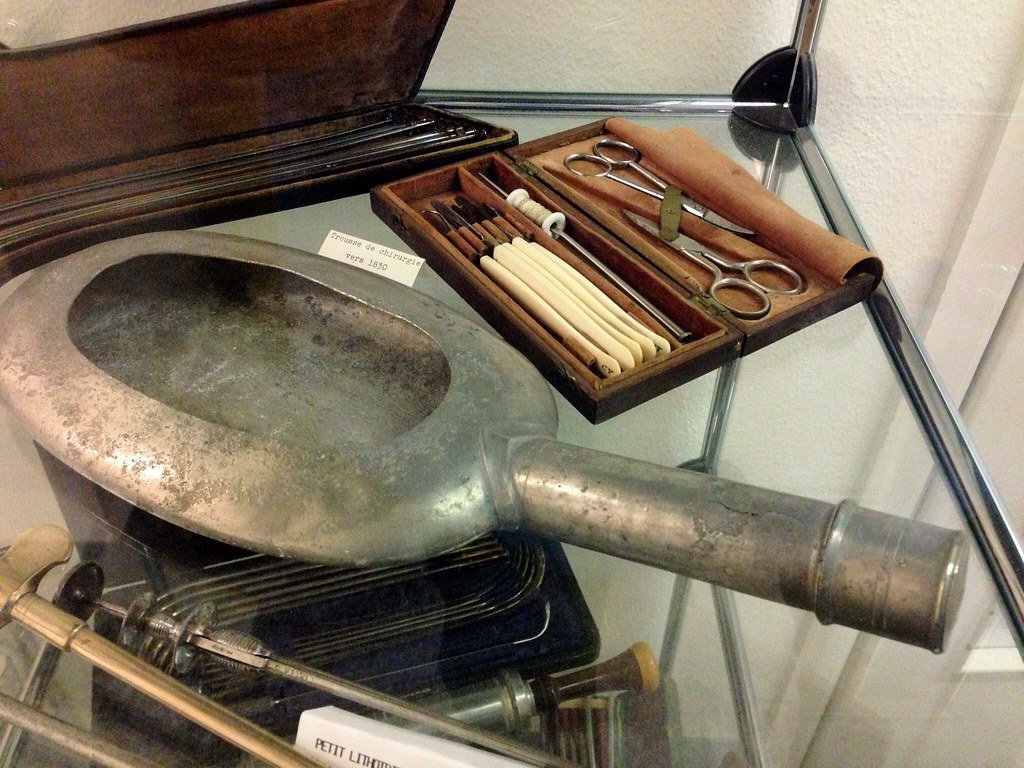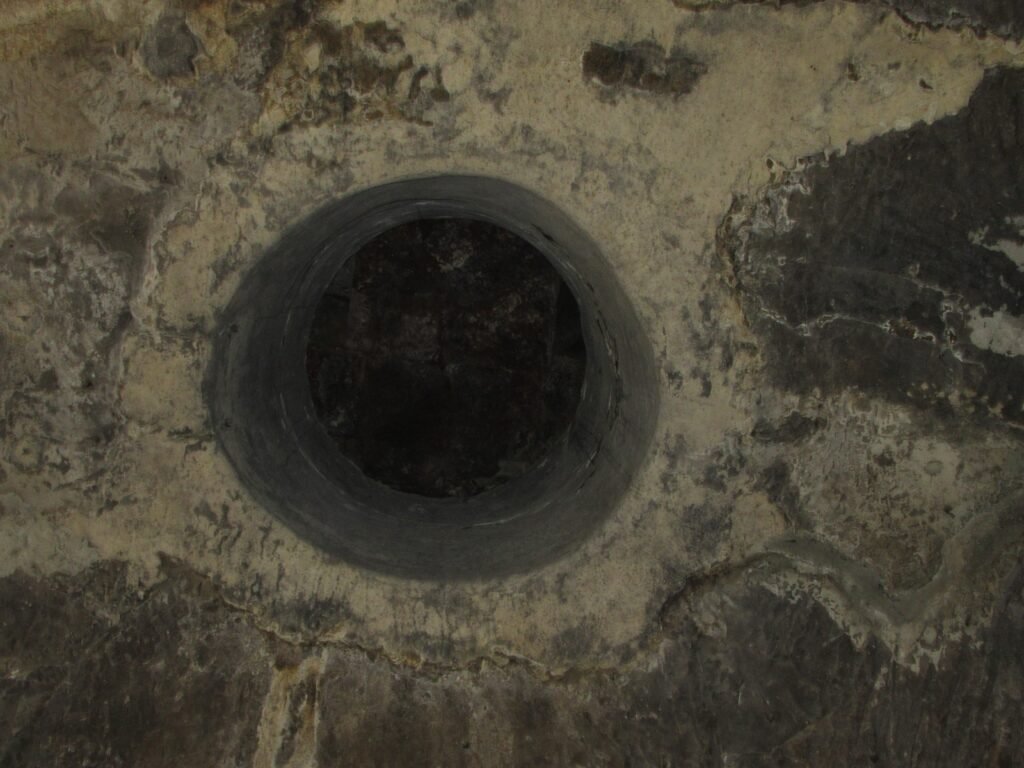Surgery is a cornerstone of modern medicine, a field characterized by its incredible advancements and life-saving potential. But this wasn’t always the case. The history of surgery spans centuries and cultures, each contributing to the wealth of knowledge and techniques that define the practice today. This article explores the fascinating journey of surgical practices, from rudimentary ancient procedures to the sophisticated operations performed in today’s sterile operating theatres.
Ancient Beginnings: The Dawn of Surgery

Surgery has its roots in prehistoric times, with evidence suggesting that ancient humans practiced trepanation—drilling holes into the skull—as early as 10,000 BC. Thought to release evil spirits or relieve cranial pressure, this procedure marks one of the earliest known forms of surgery. Intriguingly, many skulls show signs of healing, indicating that patients often survived these crude interventions.
Egyptian and Greek Contributions

By 3000 BC, the Egyptians were performing basic surgery, often documented in medical papyri like the Edwin Smith Papyrus, which outlines treatments for various traumas. Greek civilization further advanced surgical knowledge, with Hippocrates and later Galen advocating for empirical observation and surgical interventions based on anatomical studies. This laid early foundations for Western medical practice.
Medieval and Islamic Insights

During the medieval period, Islamic scholars played a pivotal role in preserving and expanding surgical knowledge. Figures like Al-Zahrawi (Albucasis) wrote extensive surgical texts that influenced European medicine for centuries. His work, “Al-Tasrif,” covered a wide array of techniques, from cauterization to the early use of catgut for sutures.
The Renaissance Revival

The Renaissance era witnessed a revival in anatomical studies, spearheaded by individuals like Andreas Vesalius. His revolutionary work, “De Humani Corporis Fabrica,” detailed human anatomy with unprecedented accuracy, dispelling previous misconceptions and providing a clearer understanding of surgical practices.
Discovering Anesthesia

One of the critical turning points in surgical history was the introduction of anesthesia in the 19th century. Before its discovery, surgery was a traumatic ordeal, often requiring speed and physical strength to minimize patient suffering. The advent of ether and chloroform in the mid-1800s allowed surgeons to perform more intricate procedures, greatly reducing mortality rates and patient distress.
The Antiseptic Revolution

The antiseptic principle, introduced by Joseph Lister in the late 19th century, revolutionized surgical safety. Prior to this, infections claimed many lives following surgery. Lister’s use of carbolic acid significantly reduced infection rates, leading to sterilization practices that are now standard procedure in operating rooms worldwide.
Modern Surgical Technology

Today’s surgical field is characterized by cutting-edge technology and innovation. Minimally invasive techniques, such as laparoscopic surgery, have made operations less traumatic and recovery times shorter. The integration of robotics and advanced imaging technologies has further enhanced precision and outcomes in complex surgical procedures.
Surgical Specializations

As knowledge and technology have progressed, so too has the specialization within the field of surgery. Surgeons today can focus on specific areas, such as cardiothoracic, neurosurgery, or orthopedics, allowing for expertise and improved patient care in particular domains of health.
The Ethical Dimension

Alongside technological advancements, surgery has developed an ethical dimension, addressing issues such as patient consent, equity of access, and risk management. The field continues to grapple with these questions to ensure that all advances are applied fairly and judiciously.
The Future of Surgery

Looking forward, the future of surgery seems poised for further innovation. Developments in genetics, personalized medicine, and artificial intelligence offer exciting possibilities for tailoring surgical interventions to individual patient needs and optimizing outcomes.
In conclusion, the evolution of surgery reflects humanity’s relentless pursuit of knowledge and compassion. From its ancient origins to the sophisticated practices of the 21st century, each milestone in surgical history represents a triumph over the complexities of the human body and the adversities of health conditions. As we continue to explore new frontiers in medicine, the art and science of surgery remain at the heart of improving and saving lives worldwide.



